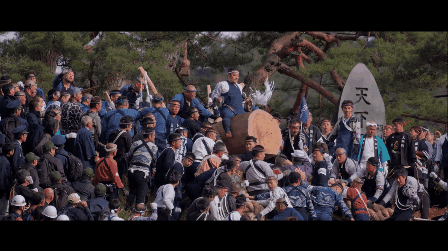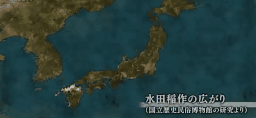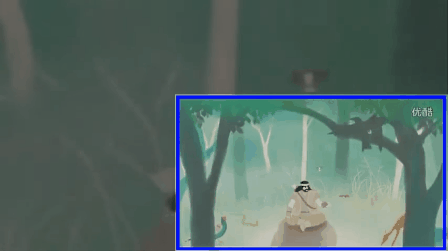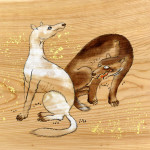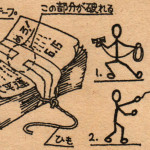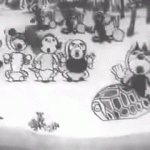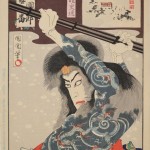“The great tree of the deep mountains, it enters the village, and becomes a deity.” That’s the ritual prayer that was sung several months ago as a large tree was cut and toppled to the ground with a thunderous boom. Every 7 years a 200-year old fir tree, one that stands straight as if reaching up to the heavens, becomes the centerpiece for one of Japan’s oldest, grandest and most dangerous festivals: the Onbashira Festival.
“Humans can only hope to be this grand.”
“What a grand tree,” says an elderly woman who has come to pay her respects to the tree. “Humans can only hope to be this grand.” Measuring 20 meters (65 ft) and clocking in at 10 tons, the fir tree is transported to the top of a hill. Eight days later, hundreds of men will attempt to ride the tree, and the deity that lives inside it, as it crashes down the steep hill towards the bottom. The festival reaches its finale when the tree is then lifted into the air – assuming its original position – and men attempt to climb to the top. In May of this year, 1 man died. During the previous festival 2 men died. In fact, injury – and sometimes death – is a common element in this festival, which only takes place in the town of Suwa in Nagano prefecture.
To understand how this unique festival originated, and why it continues to flourish only in this one local region of Japan, we must begin the story 10,000 years ago to the Jomon period when Japan was inhabited by hunter-gatherers. They ate nuts and berries, and also boar meat, which they would dry and preserve. In the winter, they would keep warm by wearing the hides of the animals they had eaten. And so, every part of their lives were closely tied to the forest. And the forest gave them everything they needed. It’s not surprising that they naturally came to believe that the forest was inhabited by deities.
But a significant change in lifestyle occurred around 500 – 600 BC when rice paddy culture entered Japan, eventually ushering in what we now refer to as the Yayoi Period. It meant a new, self-sufficient lifestyle. And early adopters were rewarded with power and a comfortable lifestyle that resulted from being able to sell rice for other goods.
This final holdout is where Suwa is located, and represents a resistance to a new way of life.
However, when you look at how rice paddy culture spread throughout Japan, a fascinating insight is revealed. It began in the south and spread quickly north. But as it approaches the Chubu region, adoption of the new way of life comes to a halt. Rice farming culture then bypasses this region, begins in the North and works its way down. This final holdout is where Suwa is located, and represents a resistance to a new way of life. It’s the location where Jomon culture refused to part with the forest that had supported its livelihood for generations.
The tale also exists in parallel in the Kojiki, Japan’s oldest chronicle of historical records and myths. As legend has it, the deity Takeminakata, after losing a test of strength, fled to Suwa. But when he arrived, he found that the mountain deity Moreya was already occupying the land. A skilled hunter and in touch with mother earth, Moreya was indeed an image of the Jomon people. Moreya attempted to prevent Takeminakata from entering Suwa but after a long battle Moreya was defeated. But instead of banishing Moreya, Takeminakata asked Moreya to remain and help him rule.
it’s a testament to resistance: a fight against change and a futile effort to push against the changing tide of time.
And so the Onbashira festival remains as a testament to a time when ancestors lived among the forest and trees. It’s a testament to a time when the transfer of power and culture threatened to shake the very way of life of a group of people. And it’s a testament to resistance: a fight against change and a futile effort to push against the changing tide of time.
This article was based largely on an NHK documentary on the subject, which is available above in full.

